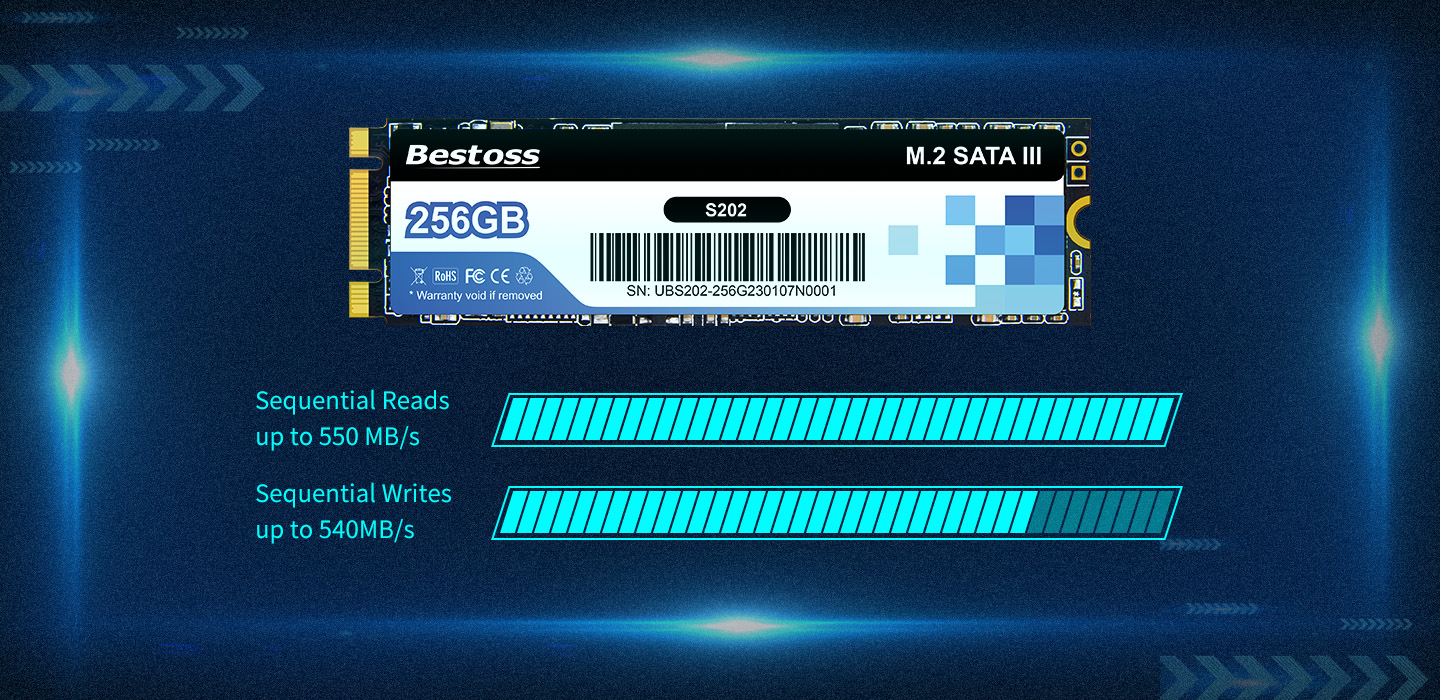- Home
-
Products
-
Product collection
-
- Application
- OEM&ODM
- News
- About Us
- Contact Us

In the world of data storage, the debate between Solid State Drives (SSDs) and traditional Hard Disk Drives (HDDs) continues. As technology evolves, SSDs have become the preferred choice for many users—but are they truly the better option? Let’s break down the key differences to help you decide.

SSD: Uses flash memory, offering 3000+ MB/s read/write speeds (e.g., Ution-Best’s PCIe 3.0 NVMe SSDs). Boots systems in seconds and reduces game/program load times.
HDD: Relies on spinning disks, typically capping at 100-200 MB/s. Slower for OS booting and file transfers.
SSD: No moving parts, making them shock-resistant and less prone to damage from drops or vibrations.
HDD: Mechanical parts (spinning platters) are more vulnerable to wear and failure over time.
SSD: Consumes less power, ideal for laptops (longer battery life). Silent operation.
HDD: Higher power draw; audible spinning/clicking noises.
SSD: More expensive per GB but prices have dropped significantly (e.g., 1TB NVMe SSDs now affordable).
HDD: Cheaper for bulk storage (e.g., 4TB+ for backups).
Gaming & High-Performance PCs – Faster load times and smoother gameplay.
Laptops & Portable Devices – Lightweight, energy-efficient, and durable.
Professionals (Video Editors, Developers) – Quick file access boosts productivity.
Mass Storage (NAS/Backups) – Lower cost per TB.
Older Systems – If budget constraints prevent full SSD adoption.
At Ution-Best, we provide high-performance NVMe SSDs with:
PCIe 3.0 x4 interface (3000+ MB/s speeds)
3D TLC NAND for reliability
Multiple capacities (128GB–2TB)
Shock-resistant & energy-efficient designs
Upgrade to an SSD today and experience the speed difference!
By continuing to use the site you agree to our privacy policy Terms and Conditions.